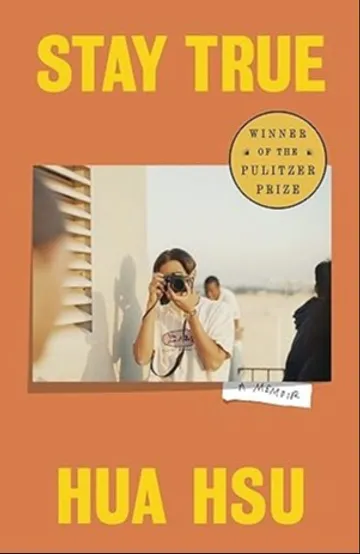Don't see an advisor you admire? Let's add him to the database! - Request
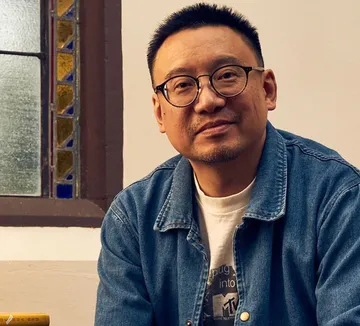
Rendors from (7)
2
Peder Zane's Top 125
1
MacArthur Fellowship (Genius Grant) Winners



Subscribe to Blog and Updates:
Popular advisors

Tim Cook
Rendors given:
11
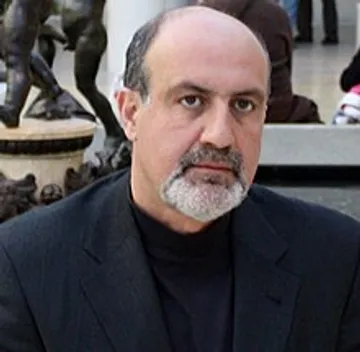
Nassim Taleb
Rendors given:
67

Reid Hoffman
Rendors given:
32
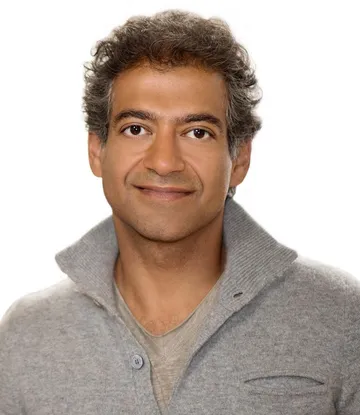
Naval Ravikant
Rendors given:
105
.jpg.webp)
Daniel Pink
Rendors given:
133
Popular books
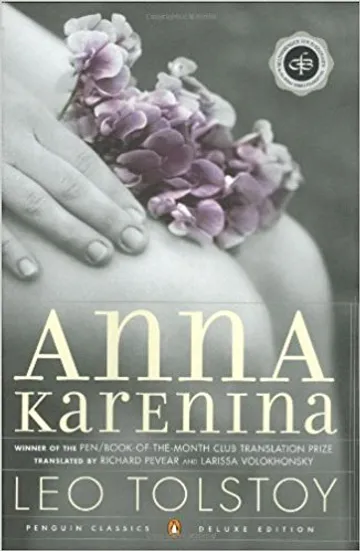
Anna Karenina
Rendors:
31
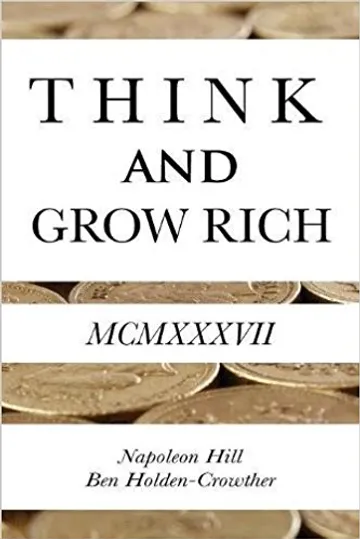
Think and Grow Rich
Rendors:
16
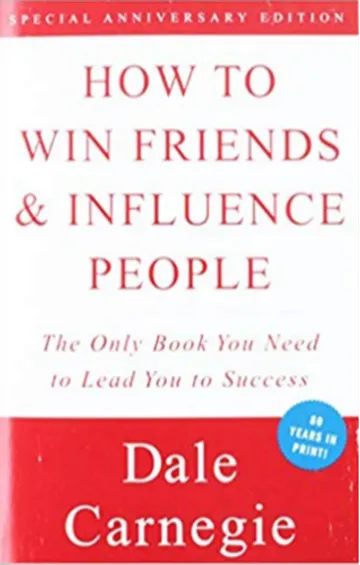
How to Win Friends and Influence People
Rendors:
44
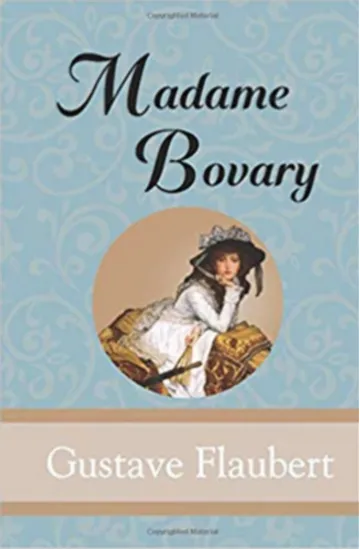
Madame Bovary
Rendors:
31
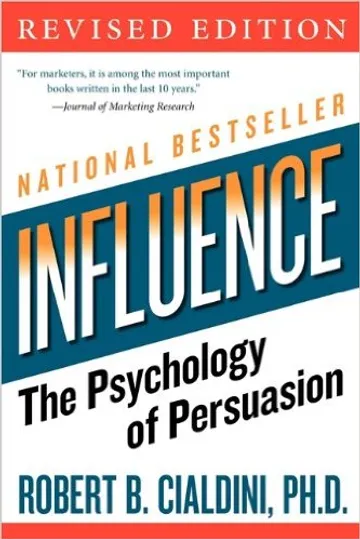
Influence: The Psychology of Persuasion
Rendors:
33

